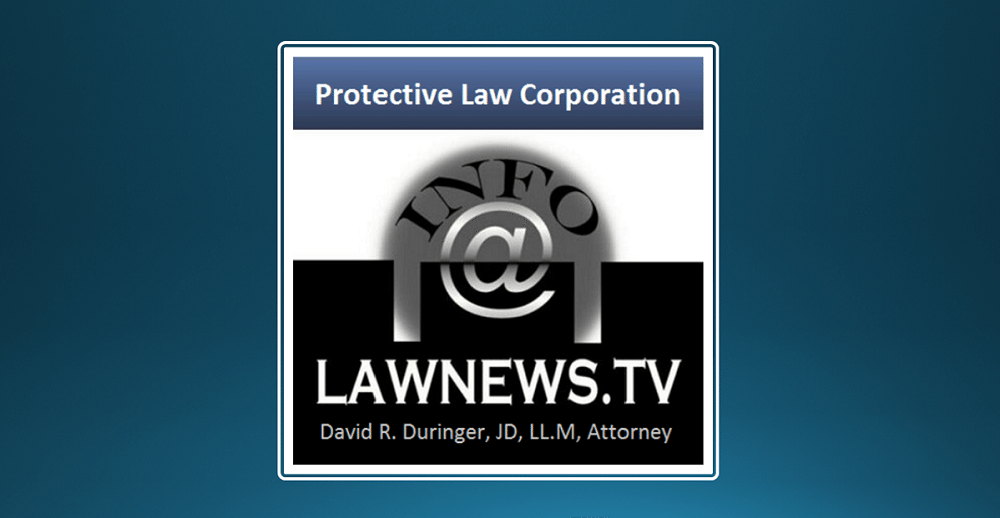S corporation status is one of several tax classifications that you may be able to elect for your enterprise. For C corporations and limited liability companies (LLCs) that qualify, S corporation election offers shareholders advantages that include pass-through taxation and a lower overall tax bill.
However, not every business can be classified as an S corporation. There are strict Internal Revenue Service (IRS) requirements to qualify for S corporation status, along with the usual formalities that apply to other corporations and LLCs. The advantages and disadvantages of S corporation status should be weighed against the needs of your business when deciding whether this classification is right for you.
What is an S corporation?
The S corporation derives its name from Subchapter S of the Internal Revenue Code. Essentially, S corporation status is an election made with the IRS that, for federal tax purposes, passes corporate income, losses, deductions, and credits through to the company’s shareholders. An S corporation is a pass-through or flow-through business. This differentiates S corporations from C corporations, which are subject to the corporate income tax and other entity-level taxes. But the IRS notes that S corporations are not completely spared taxation at the entity level. They are responsible for tax on some built-in gains and passive income.
How is an S corporation formed?
C corporations and LLCs may elect to be taxed under Subchapter S. But prior to electing their tax status, they must first be formed as a legal entity. To start, the business must register with the state in which it operates by filing articles of incorporation or the state’s equivalent document and paying applicable fees. It must then comply with the applicable formation procedures like issuing stock certificates as a corporation and articles of organization as an LLC. The business should also apply for relevant business licenses and other industry-specific certificates, as well as an Employer Identification Number from the IRS. Once the entity is officially formed, it must submit IRS Form 2553—the form for electing S corporation status—within seventy-five days and signed by all of the owners.
When is S corporation status available?
The IRS states on Form 2553 that it will accept an election to be an S corporation only when a business entity meets all of the following requirements:
- It is based in the United States.
- It has no more than one hundred shareholders.
- Its shareholders and members are only individuals, estates, and certain trusts; they may not be partnerships, corporations, or nonresident aliens.
- It has only one class of stock or ownership.
- It is not an ineligible corporation (ineligible corporations include some kinds of financial institutions, insurance companies, and domestic international sales corporations).
- It uses an allowable tax year format.
The full requirements for S corporation status can be found on the IRS website (Instructions for Form 2553).
What are the advantages of an S corporation?
Corporations and LLCs taxed as S corporations provide both asset protection and pass-through taxation. Although you should weigh the perceived advantages of any business classified as an S corporation against the specific goals of your company, the following advantages of S corporations generally outweigh their disadvantages:
- Personal asset protection: LLCs and corporations taxed as S corporations protect the personal assets of members and shareholders, who generally cannot be held personally responsible for the liabilities and debts of the LLC or corporation. In other words, creditors and litigants cannot go after the house, bank accounts, and other assets of the company’s members or shareholders.
- Avoidance of double taxation: Among the most appealing features of S corporations is that they allow pass-through taxation, avoiding the possibility of double taxation (double taxation occurs when income is taxed first at the corporate level and again at the individual income tax level). Business income for an S corporation is passed through to shareholders or members, who report their portion of the company’s profits and losses on their personal income tax returns. Business losses reported in this way can help reduce an individual’s tax liability.
- Income and tax flexibility: S corporation shareholders have the option to receive both a salary and distributions from the business. Because distributions (i.e., profits) are not subject to self-employment tax, their overall tax liability can be reduced. However, the division between distributions and salary must be “reasonable”—a determination made by the IRS. If the IRS deems the division unreasonable, it could be seen as an attempt to avoid taxation.
- Other advantages: Corporations, including those that have elected S corporation tax status, exist in perpetuity. They are not linked to a specific owner, so even if the owner leaves or dies, the business continues to exist, which can be useful for long-term planning. S corporations can also file an election if they want to revert back to a C corporation. A corporation that has elected S corporation status can attract investors by selling shares, and the corporate structure can be a sign of credibility and stability to partners, customers, employees, and vendors.
What are the disadvantages of an S corporation?
S corporation status has a lot to offer, but before deciding on this classification, consider the following potential disadvantages:
- Not available for all businesses: The strict qualification requirements for S corporation status exclude some businesses from making the election. Some businesses, such as those with more than one hundred shareholders, will not qualify.
- Formation and ongoing costs: Initial state fees are required to form a corporation or an LLC. There may also be ongoing fees at the state level and added costs in the form of accounting, bookkeeping, and legal advice. You can deduct these expenses on your tax bill, but keep in mind that if you choose to form a sole proprietorship or partnership, you can avoid corporate or LLC fees and may need less guidance due to the simpler structure.
More complications: In addition to fees associated with a corporation or LLC, you may have to follow protocols like holding director and shareholder meetings, recording meeting minutes, writing corporate bylaws, keeping accurate records, and fulfilling IRS requirements that are necessary to maintain S corporation status.
- IRS payment scrutiny: The flexibility to receive money from the S corporation as either distributions or salary comes with a downside: the IRS could determine that the salary is not reasonable and reclassify some distributions as wages, which could result in additional tax liability and substantial penalties.
A business is only as strong as its foundation. To set your business up for future success, you need a structure and tax classification that will maximize its potential. If you have questions about which structure and tax status are right for your company, or if you are ready to elect S corporation status, we are here to help. Please contact our office to set up an appointment.








